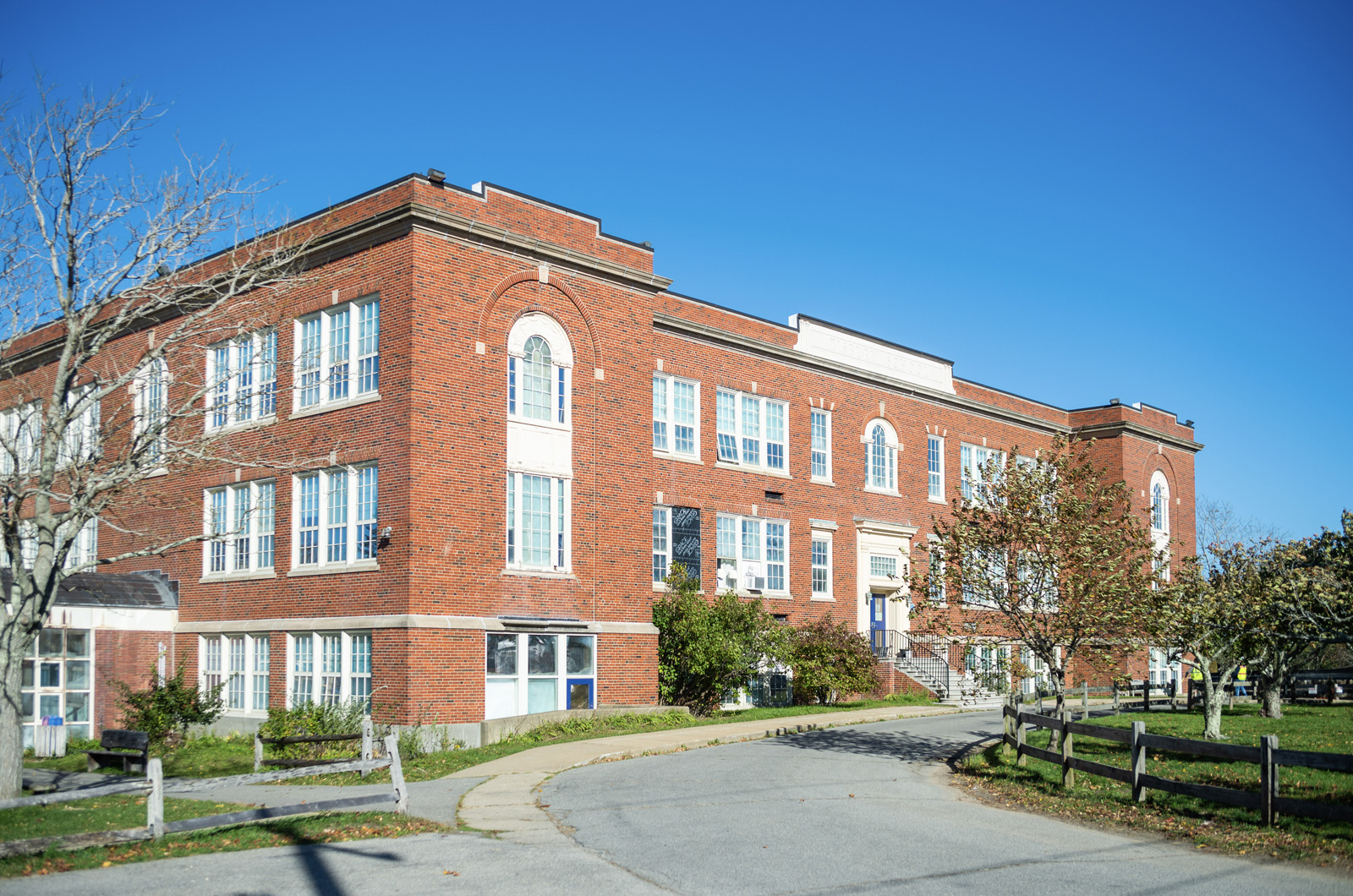When the up-Island towns set out to upgrade the Chilmark School’s aging heating system in 2018, they estimated costs at approximately $400,000. In 2021, when the towns signed a funding agreement for a portion of the project, the total estimate had grown to $1.26 million.
This month, the towns met again. There was only one bid for the now pared-down project, after three rounds of bidding. It came in at nearly $2.5 million.
“We were somewhat naïve about how easy it would be to carry out such a project,” said Robert Hanneman, a retired mechanical engineering professor who has been involved in the Chilmark School project since the start.
On Tuesday, the Chilmark select board debated what to do about the new costs. The board ended up recommending that the town borrow $1.2 million to pay for its portion of the project, potentially cutting into other areas of the town’s budget.
“I’m not sure that we have any good alternatives,” said board member Warren Doty. “It’s a painful expense, especially since the cost of it has mushroomed so much over the past several years.”
The Chilmark School project is just one of several heating, ventilation and air conditioning (HVAC) projects on the Island that have ballooned in price recently, driven up as towns look to replace aging equipment but have no on-Island specialists to carry out such large jobs.
In Tisbury, more than $3.5 million of the school’s renovation budget went towards HVAC. In West Tisbury, a town task force studying the West Tisbury School determined it would need a whole new HVAC system, along with upgrades to insulation and energy infrastructure, potentially costing between $26 and $37 million. And a design flaw in one of the elements of the West Tisbury Library could put the town on the hook for a $1.2 million replacement.

Back in the 1990s, when planning for the current Chilmark School building commenced, a much different approach was taken to HVAC design.
“The whole theory at that point in time was, energy is cheap, we’ll just put in big equipment and blast it as much as we have to during the winter. And of course, it wasn’t that warm in the summer,” Mr. Hanneman said.
That theory doesn’t fly 30 years later.
“Now, in fact, energy is not cheap...and summers are now warmer, and kids need air conditioning in school,” Mr. Hanneman said.
When the Chilmark School was first built, it was heated with a conventional oil boiler heating system, and initial plans for repairs called for simply replacing the old boilers with new ones. But with a lifespan of around 25 years, replacing them no longer fits the Island’s planning priorities.
“In the six towns, they have all voted in aspirational goals to eliminate fossil fuel on the Island by 2040,” Mr. Hanneman said. “Our major [carbon] contributions come from HVAC in buildings and transportation. That’s where the bulk of our fossil fuel use goes.”
As municipal HVAC systems across the Island reach the end of their useful lifespans, there is no better time to replace old oil boilers with electric heat pumps, Mr. Hanneman said, adding that the switch to electric is not the real cause of the price increases.
According to Michael Owen, project manager for the Chilmark HVAC project and the Tisbury School, along with a host of other Island projects, the higher costs have much more to do with what he calls the “Island condition.”
The Island condition, Mr. Owen said, used to mean costs here were around 35 per cent higher than off-Island. Now, for municipal projects, that factor is closer to 50 per cent.
“The people that do this work are not Island people,” Mr. Owen said, explaining that for contractors to be eligible for such large and sophisticated projects, they need to pass the extensive state procurement certification. “It limits the competitive pool,” he said.
No contractors on-Island have such a certification, and off-Island contractors would rather pick a more lucrative, mainland project that doesn’t come with the logistical challenges an Island poses, Mr. Owen said.
At present, Mr. Owen said he is trying to cultivate on-Island contractors, but there are thousands of private residences on the Vineyard that are switching to electrical HVAC systems, and local technicians are maxed out.
Looking out at the list of projects around the Island, Mr. Hanneman said he understands is it not an easy process, but it is one worth doing.
“We’ve set all these goals,” he said. “Now comes the hard part.”








Comments (3)
Comments
Comment policy »